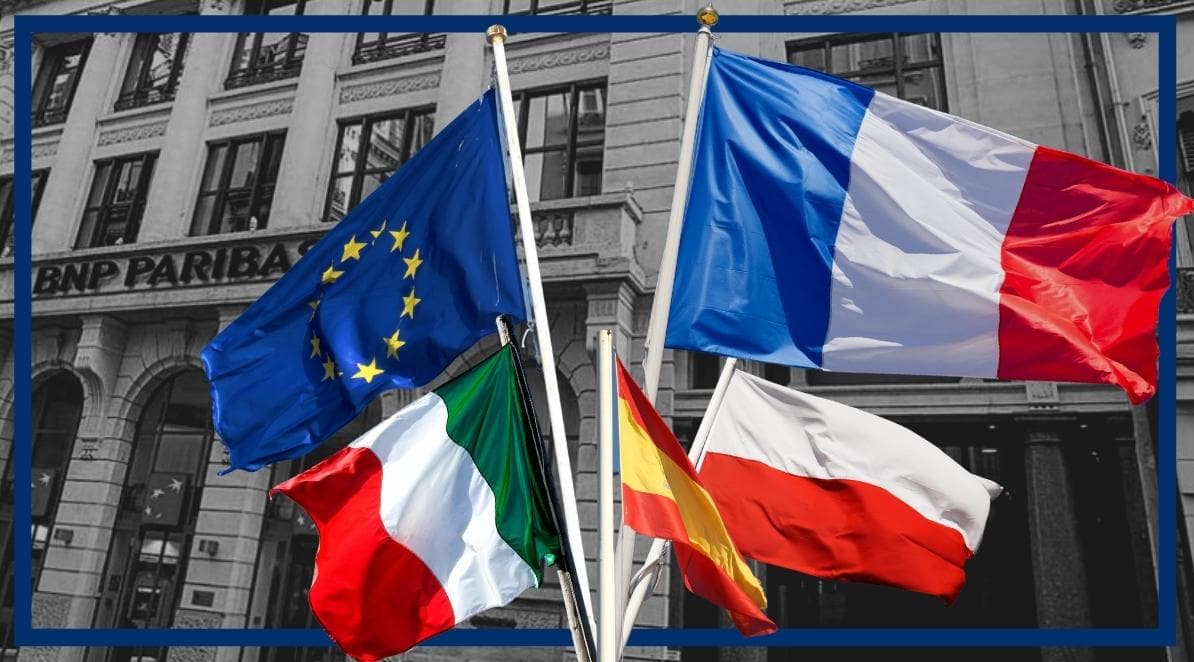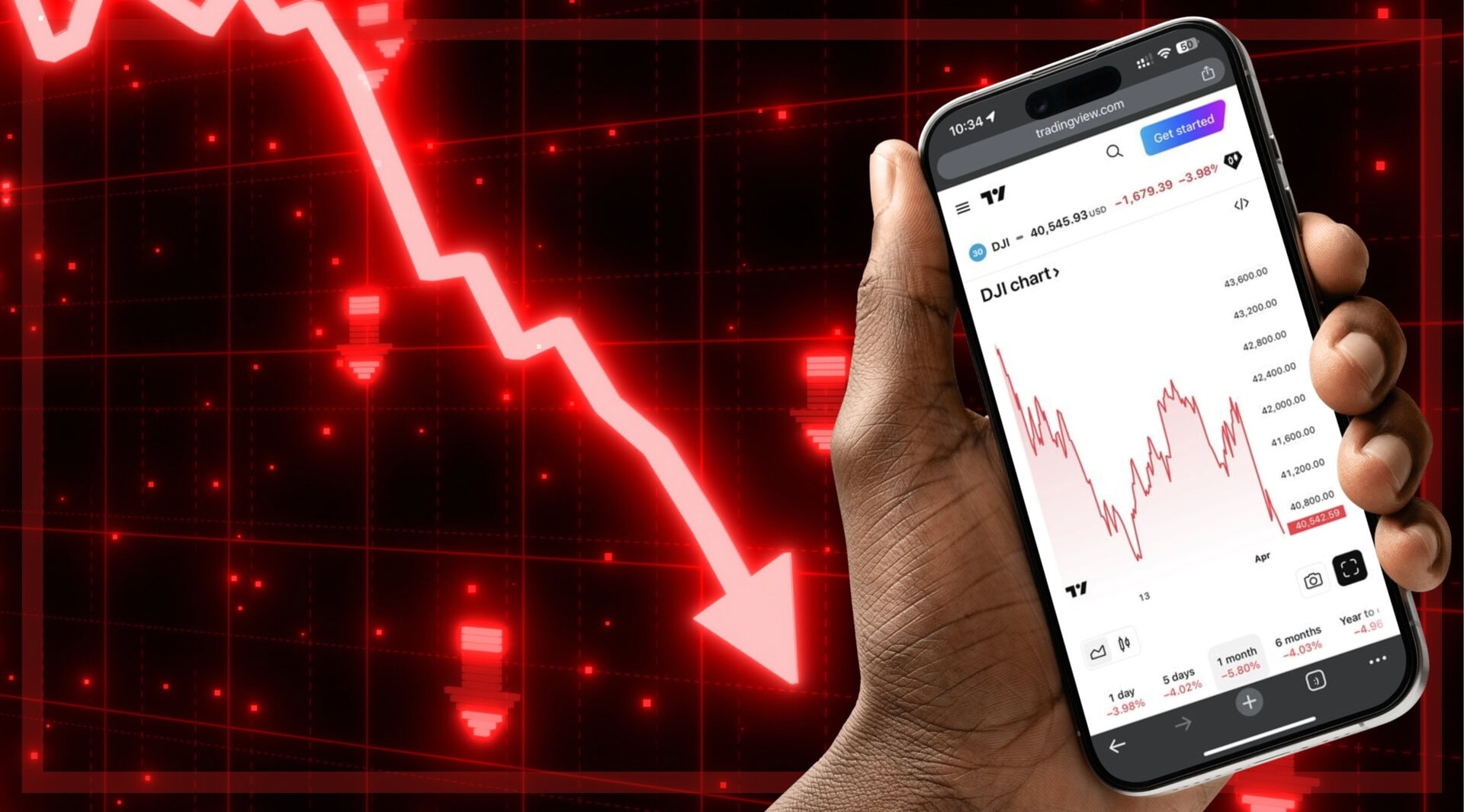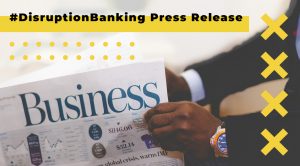Just before Christmas, BNP Paribas announced that it reached an agreement with BMO Financial Group for the sale of 100% of its retail and commercial banking activities in the U.S. The price for this transaction? $16.3 billion dollars. As to what BNP Paribas will do with the money, the topic of Europe’s first Mega Bank is back. Especially as the French bank are looking to spend some €7 billion of the proceeds on “targeted investments in technologies and innovative business models”. Particularly in Europe.
And, as BNP Paribas itself is a result of a large merger, they have a lot of experience in this space.
Having spent most of 2021 hearing about the valuations of financial technology firms like Wise, Coinbase, Stripe, Klarna, the money the French bank have set aside doesn’t seem like a huge amount of money. Just this week fintech Brex was valued at $12.3 billion. But BNP Paribas aren’t looking at these ‘disruptive’ business models, or at least not at the largest ones anyway. Their focus will potentially be on the more traditional banking sector.
Valuations of traditional banking institutions have not been as galactic as some of their fintech peers. In fact, several banks have struggled over the last year. That Credit Suisse would be found on this list is no surprise, however BNP’s appetite may not stretch as far as the Swiss bank. Especially as BNP are looking for banks and financial institutions who are more localised in Europe.
In 2021 BNP Paribas already made one notable acquisition of €258 million for FLOA, a leading provider of innovative payment solutions. Fitting perfectly with BNP’s strategy.
Who will BNP buy to make a Mega Bank?
With Credit Suisse and companies like Klarna or Stripe off the radar, this is an intriguing question. There are plenty smaller banks across Europe, some building societies, asset managers, wealth management firms, insurance firms, etc.… to consider. All BNP have shared so far is that they will be redeploying their investment funds in “a very disciplined way”. Although they have eluded that they may share more when they present their full-year 2021 results on the 8th of February.
In the meantime, let us assist you with a list of who might be, or may have been, on their shopping list.
In September last year, State Street acquired Brown Brothers Harriman Investor Services for $3.5 billion. The price for the custodian would have been within the budget of BNP, and the sector is attractive for banks.
Insurance is a big buzzword in financial services. But can insurance companies be classed as truly innovative? Innovation that BNP Paribas can’t easily implement. There might be some potential acquisitions here, but the banking landscape offers far more clues.
In a recent story on Bloomberg, Commerzbank were tentatively valued at around $9 billion. Just a little out of the range of BNP’s investment war-chest. Commerzbank may be Germany’s second-largest listed lender; however, the bank has faced a host of challenges in the recent past.
Would Commerzbank make a good fit?
About a year ago, the German lender suggested plans to withdraw from Hong Kong, Luxembourg and Hungary. Their CEO went on record in November last year saying he’d like to see Germany exit the 15% stake it has in the bank. The sale of this stake by the German state is one of the reasons that Commerzbank is such a high-profile potential acquisition.
Another shareholder of Commerzbank is Cerberus Capital. Cerberus themselves recently bought HSBC’s French business whilst also having shares in Deutsche Bank. With France being BNP Paribas home market, it’s a wonder that the French bank didn’t buy HSBC’s French unit themselves.
Before we get excited about Europe’s first Mega Bank being a combination of BNP Paribas and Commerzbank there are several big hurdles. One of these hurdles is MBank in Poland.
Once hailed as Poland’s first truly digital bank, MBank, like many other banks in Poland, have had large problems with Swiss Franc mortgages. If it wasn’t for these mortgages, Commerzbank may have sold their subsidiary in Poland. However, it isn’t that simple.
MBank is testing the waters for out-of-court settlements with holders of Swiss-franc mortgages in a bid to end protracted legal dispute https://t.co/RIUriEp7jJ
— Bloomberg (@business) December 6, 2021
And whoever takes on Commerzbank needs to have one eye on the liabilities still in the balance sheet of the Polish subsidiary. Not something that will appeal to the spirit of the investment war-chest that BNP Paribas has collated.
If not Commerzbank, then who else could BNP target?
One of the banks in Europe to make a lot of noise in 2021 was the former Hungarian national bank, OTP. The bank has invested in Slovenia, Serbia and Albania amongst others. It has now positioned itself as the largest bank in Slovenia following their acquisition of NKBM. Not many banks from the former Soviet bloc have shown this level of appetite.
The number of mergers and acquisitions among banks in Europe in 2021 may outstrip the total in 2020, with deals where buyer and seller are based in the same country making up the lion's share, according to an analysis by S&P Global Market Intelligence. https://t.co/XfEvlgUMle pic.twitter.com/UhSOpoGCYq
— Market Intelligence: Financials (@SPGMIFinancials) September 21, 2021
In fact, according to S&P Global it’s the Nordic banks who seem to have been the most active on the European M&A scene. There is also a lot of innovative Tech in countries like Sweden who are moving the quickest to a ‘cashless’ society.
Italy is another market that is ‘hot’ right now. Not just because Super Mario has managed to turn things around, but because there are many banks. Intesa Sanpaolo SpA is Italy’s largest bank, but it is the only bank with over 20% market share.
The world’s oldest bank, Banca Monte dei Paschi, has reportedly been an acquisition target for some time. Although the Italian bank also recently announced a new strategic plan after the failure of the Italian government’s efforts to sell the lender to Unicredit SpA in 2021. Fortunately, there are far more options on the market. But much like Commerzbank, state involvement may be part of the reason for selling stakes in banks across Europe in 2022.
Does Europe need a Mega Bank?
The short answer to this question is yes. And urgently. And the price is also right according to Tom Kinmouth, fixed-income strategist at ABN Amro who shared in an interview how “everyone is looking” for deals. But the price remains the key. In November last year BBVA valued Sabadell at €2.5 billion and started to proceed with a merger. Until Sabadell management stepped in and argued that the valuation was too low. The problems with liquidity surrounding Spain make this situation hard to grasp fully. Spain has by far the largest amount of retail branches of any EU member state and has its fair share of distressed assets too. Other markets would be far more appealing and valuations perhaps easier to make.
In a recent story by Christian Edelmann, managing partner for Europe at Oliver Wyman, the author highlighted several important considerations. Christian highlights in the story how, in the U.S., for instance, the market share of the five largest banks has increased from 40% to over 60% in the decade following the global financial crisis. In Europe the same 5 banks only have 20% of the market. None of them are truly ‘pan-European’ either.
Christian is of the belief that the European Central Bank’s January announcement that it would relax Pillar 2 capital requirements in case of consolidation was a sign. A sign that not only do European banks need to prioritize M&A activity within the EU, but that they should set to with urgency.
That doesn’t mean that things have suddenly become easier. It just means that multiple stakeholders in the most important institutions in Europe need European banks to strengthen. And at the same time, European banks like BNP Paribas appear to be planning to do just that. The only question is, in the case of BNP, will €7 billion be enough to carry out their vision?
2022 has only started, but the landscape looks ripe for lots of change. Change that Europe both needs and now also wants.
Author: Andy Samu
#MegaBank #Innovation #Mergers #Acquisitions #Commerzbank #BNPParibas #OTPBank #MBank
















One Response